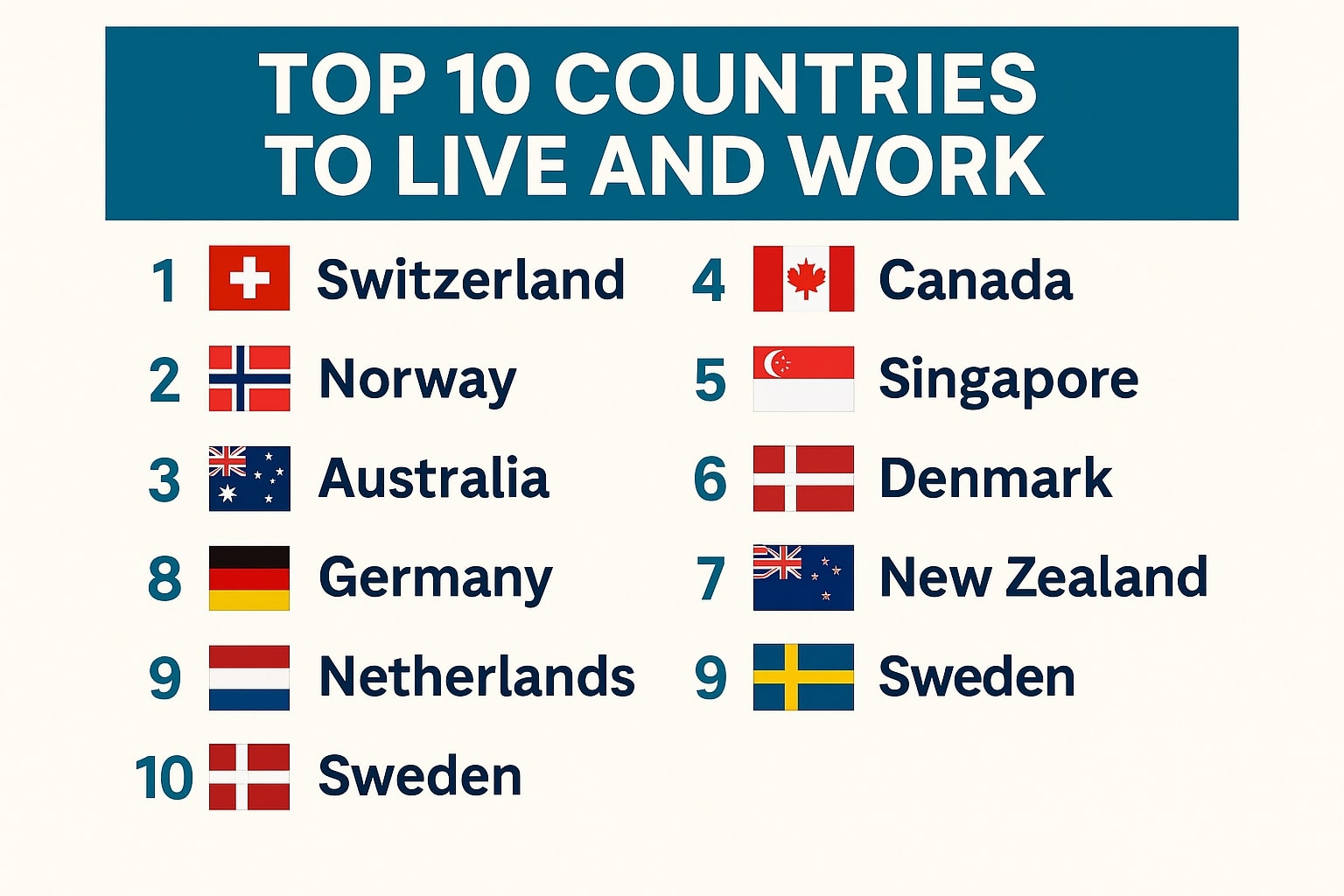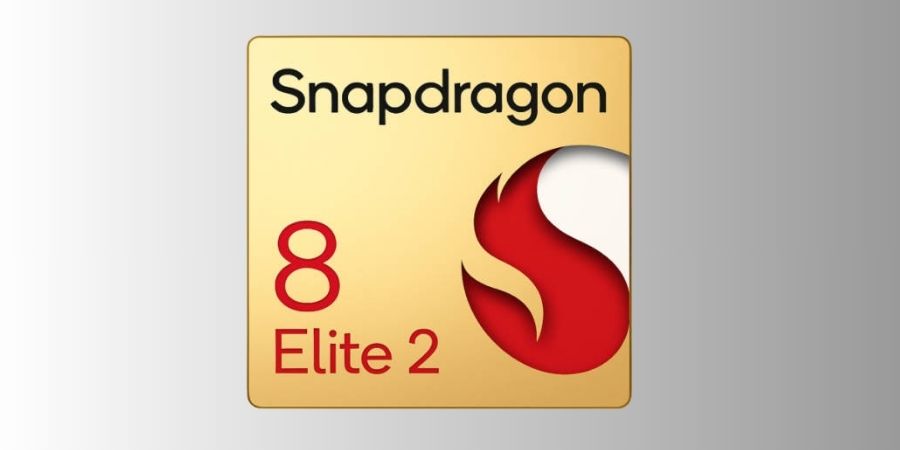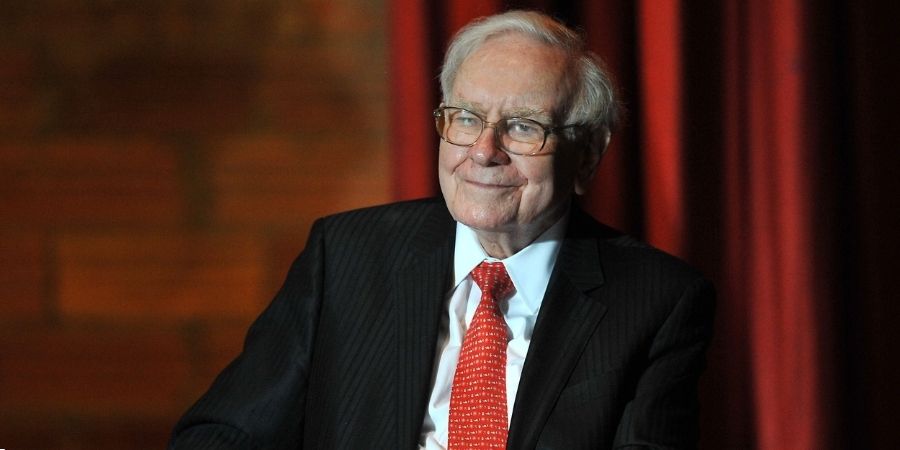The world is more connected than ever, and the demand for faster, more reliable internet continues to grow. With new technology emerging on the scene, two giants are shaping the future of connectivity—5G and Wi-Fi 6. Both provide lightning-fast speeds, minimal latency, and improved efficiency, but each one has a different function. Understanding their pros and cons is crucial in deciding which one will be the reigning champion of the digital age.
What is 5G?
5G, or fifth-generation wireless networks, is designed to revolutionize wireless communication. It offers speeds 100 times greater than 4G, enabling perfect streaming, lightning-fast downloads, and real-time communication. 5G differs from its predecessors in that it employs three frequency bands—low, mid, and high—each offering a compromise between coverage and speed.
One of the significant advantages of 5G is that it has low latency, reducing data transmission delay to a minimum. This makes it appropriate for utilization in remote surgery, autonomous vehicles, and intelligent cities. 5G networks also accommodate an enormous number of connected devices, thus being suitable for the Internet of Things (IoT). 5G requires vast infrastructure, including new cell towers and network equipment, which may take time to roll out across the world.
What is Wi-Fi 6?
Wi-Fi 6 is the latest version of Wi-Fi technology, offering greater speeds, improved security, and improved performance in congested networks. Wi-Fi 6 is unique in that it is designed to support multiple devices at once, relieving network congestion and improving the overall user experience.
Wi-Fi 6’s biggest benefit lies in the way it maximizes data delivery. Orthogonal Frequency Division Multiple Access (OFDMA) and Target Wake Time (TWT) enable devices to communicate with each other more efficiently, using less power and with longer battery life. Wi-Fi 6 works very well with residential homes, offices, and public spaces where multiple devices share the same network.
As compared to 5G, Wi-Fi 6 is dependent on access points and routers, so it is less expensive for local connectivity. The range is shorter, though, and it must have compatible devices to reach its full potential.
Speed and Performance: Which is Faster?
As for speed, both Wi-Fi 6 and 5G are much quicker than the previous generation of technologies. 5G has the capacity to handle speeds of up to 10 Gbps, which can facilitate practically instant downloads and smooth streaming at ultra-high-definition levels. Wi-Fi 6 can offer up to 9.6 Gbps, which is also very fast for home and business use.
Although 5G has the edge in mobile usage, Wi-Fi 6 excels in fixed environments where a stable, high-speed connection is needed. The choice between the two is largely based on usage—5G is ideal for outdoor mobility, whereas Wi-Fi 6 is better suited for indoor use.
Coverage and Availability
5G has the potential to cover the entire globe, but its installation depends on network infrastructure. 5G signals at higher frequency levels struggle to penetrate buildings and require more cell towers to keep up the connection. Therefore, 5G is more robust in urban areas with high population density and infrastructure but weaker in rural communities.
Wi-Fi 6, on the other hand, is dependent on routers, and therefore its range is limited to the access point range. It works optimally in residential areas, offices, and public buildings but is not seamless outside of its range.
For mass connectivity, 5G offers a broader reach, but Wi-Fi 6 is the preference for localized, high-speed internet connectivity.
Latency: The Real-Time Advantage
Latency refers to the time taken by data to transfer from one location to another. Here in this space, 5G actually outperformed Wi-Fi 6 with latency as low as 1 millisecond. This makes 5G suitable for use cases requiring real-time responses to include virtual reality, online gaming, and remote operation of equipment.
Wi-Fi 6 also improves latency over the previous versions but lags behind 5G for ultra-low-latency applications. In ordinary browsing, video calls, and streaming, the difference is negligible, but in mission-critical missions, 5G is preferable.
Security and Reliability
Both 5G and Wi-Fi 6 enjoy enhanced security features. Wi-Fi 6 is equipped with WPA3 encryption, which provides protection from cyber attacks and illicit use. 5G networks, in turn, use advanced encryption and network slicing to secure data.
But since 5G is a cellular network, it is operated by telecom companies, so it is not as vulnerable to attack as public Wi-Fi networks. Wi-Fi 6, although secure, depends on user-defined settings and is susceptible if networks are not set up properly.
For businesses and mission-critical use, 5G is more reliable and secure, while Wi-Fi 6 is a more secure solution for private networks if set up properly.
Cost and Implementation
Rolling out 5G is expensive, with new cell towers and network upgrades requiring investment. It is thus an expensive option, and its deployment can take years to become universal in some places. 5G-compatible equipment is also required to access the network, adding to the expense.
Wi-Fi 6 is a cheap means for local connectivity, though. Swapping out your current router and gear with Wi-Fi 6-compatible ones is the only requirement, which means the upgrade itself is done with minimal spending on new infrastructure, which would be costly otherwise. The future of mobile networking includes 5G, but there isn’t yet a comparable offering for places to reside.
The battle of 5G vs. Wi-Fi 6 is not about one supplanting the other—it is about how both can be made to coexist for constant connectivity. 5G is the future of wireless communications with ultra-high speed and extensive coverage. Wi-Fi 6 is the preferred solution for fixed stable and high-speed internet.
For businesses that require mobility and instant data transfer, 5G is the way to go. For home, office, and public use, Wi-Fi 6 is a cost-effective, effective solution. Ultimately, the employment of both will shape the future of connectivity, making everyone’s internet faster and more secure.
Conclusion
The battle between 5G and Wi-Fi 6 is not one technology usurping the other. Both belong and will get better. While 5G is pioneering in mobile connectivity, Wi-Fi 6 is transforming device connectivity in a fixed environment. The future can only look forward to a combination of both, offering ubiquitous connectivity to every environment. From fast streaming, smart homes, or enterprise solutions, the option depends on certain requirements. The digital connectivity future is here, and so are 5G and Wi-Fi 6.













